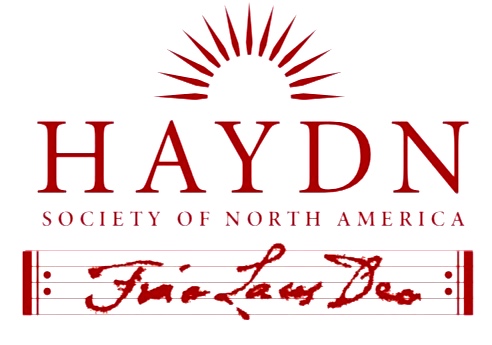
Article Title
Two Composers and a Cellist: Haydn, Hofmann, and Joseph Weigl
Abstract
Joseph Haydn and Leopold Hofmann may have had little in common as artists or men but they did share one special connection: the cellist Joseph Weigl. At some point after 1769 when Weigl left the Esterházy Kapelle in order to move to Vienna he joined Hofmann’s orchestra at St. Peter’s where he remained active until at least 1783.
Although Hofmann had composed a number of works with prominent cello parts prior to Weigl’s arrival in Vienna, he seems to have taken a much closer interest in writing for the instrument in the following decade. Over thirty compositions with cello can be assigned to the years 1770–1782 including concertos, concertinos, chamber works and a mass with violoncello concertante. Of these works a number may have been written expressly for Weigl, among them two concertos that exploit the high register of the instrument in a way that Hofmann’s earlier works do not. To perform these works the cellist must possess the command of thumb technique that Haydn demanded in his Concerto in C, Hob. VIIb:1, a work believed to have been composed for Weigl. Thumb technique was a relatively new innovation in the mid-eighteenth century and many composers, Hofmann among them, generally avoided exploiting the high register to ensure that their works could be performed as widely as possible. That Hofmann broke with this practice suggests strongly that he was writing for one particular cellist, the strongest candidate is Joseph Weigl.
This paper examines several works by Hoffman in which he utilizes the cello in a new way and proposes that they exist in this form owing to the impact Weigl made on him as a cellist.
© Haydn Society of North America ; Boston: Berklee Library, 2012. Duplication without the express permission of the author and/or the Haydn Society of North America is prohibited.


